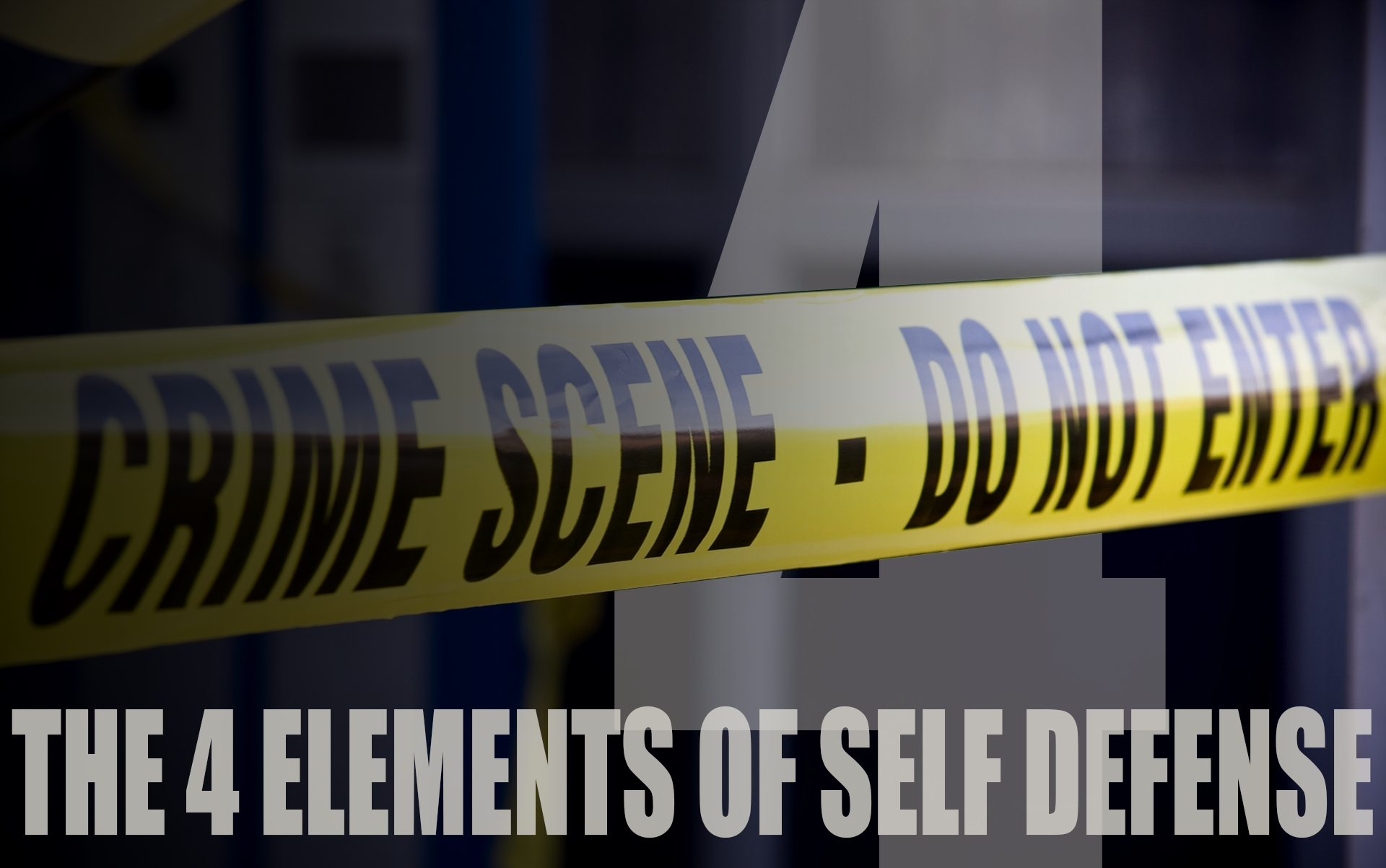
Posted on October 19, 2017
Exploring Location and the Four Elements of Self Defense
The Four Elements of Self-Defense
As a litigation consultant, I’ve worked with criminal defense lawyers in many self-defense cases. Some of these cases have been high-profile with throngs of reporters in the courtroom. Others have been much quieter affairs, with just the lawyers, the judge and the jury present.
One thing I’ve learned is that no two self-defense cases are alike. All of them have different “fact patterns,” as lawyers describe it. The answer to whether a shooting is justified or not, or the shots fired amount to a crime, depends on the unique facts of every single case.
The best advice I can offer homeowners protecting life and propriety, and open and concealed carriers, stems from lessons garnered after examining self-defense shooting cases post-incident. Dissecting what a shooter did right and what a shooter did wrong can teach us a lot.
I’ve identified four elements in self-defense cases that were important in every defense trial I’ve witnessed. These four elements are:
- The location of the shooting
- Escalation of conflict
- Reasonable fear
- The shooter’s immediate post-incident actions
In future posts, we’ll look at high-profile cases, breaking down how location, escalation, reasonable fear and post-shooting actions affected the shooter’s legal defense
Ultimately, we’re going to dive into the four elements of self-defense to determine how they influenced the legal decision-making process as to whether a shooting was justified or not.
For now, we’ll run through these elements in a general sense, which should serve as a solid reference point for our forthcoming analysis.
The First Element: Location
The location of a shooting carries significant weight when determining whether or not an act of self-defense was justified. The Castle Doctrine gives us the right to defend ourselves in our homes. Some states extend that right to automobiles as well. The so-called “stand-your-ground” states extend that principle even further, interpreting the right to use force to defend your life to include any location you have a legal right to be.
In practice, however, these rules aren’t as hard and fast as they might appear. As we examine self-defense cases, we’ll see gray areas everywhere. In Minnesota, Byron David Smith killed two home invaders. He was convicted of first-degree murder and sentenced to life. We’ll look at the case of Ronald Gasser as well. His case, which involves the shooting of former NFL player Joe McKnight in an alleged “road rage” incident escalated when McKnight approached Gasser, who was sitting in his car.
We’ll also examine the Zimmerman case and incidents that take place in public spaces. Zimmerman’s case caused many people to speak out against stand-your-ground laws. One interesting aspect of his trial is the fact that his lawyers (including CCW Safe National Trial Counsel Don West) never evoked the stand-your-ground law in court.
In our next installment, we’ll talk about escalation, the second critical element in the four elements of self-defense.

Shawn Vincent
Litigation Consultant
Shawn Vincent is a litigation consultant who helps select juries in self-defense cases, and he manages public interest of high-profile legal matters. If you have any questions for Shawn, or would like more articles like this, let us know below!